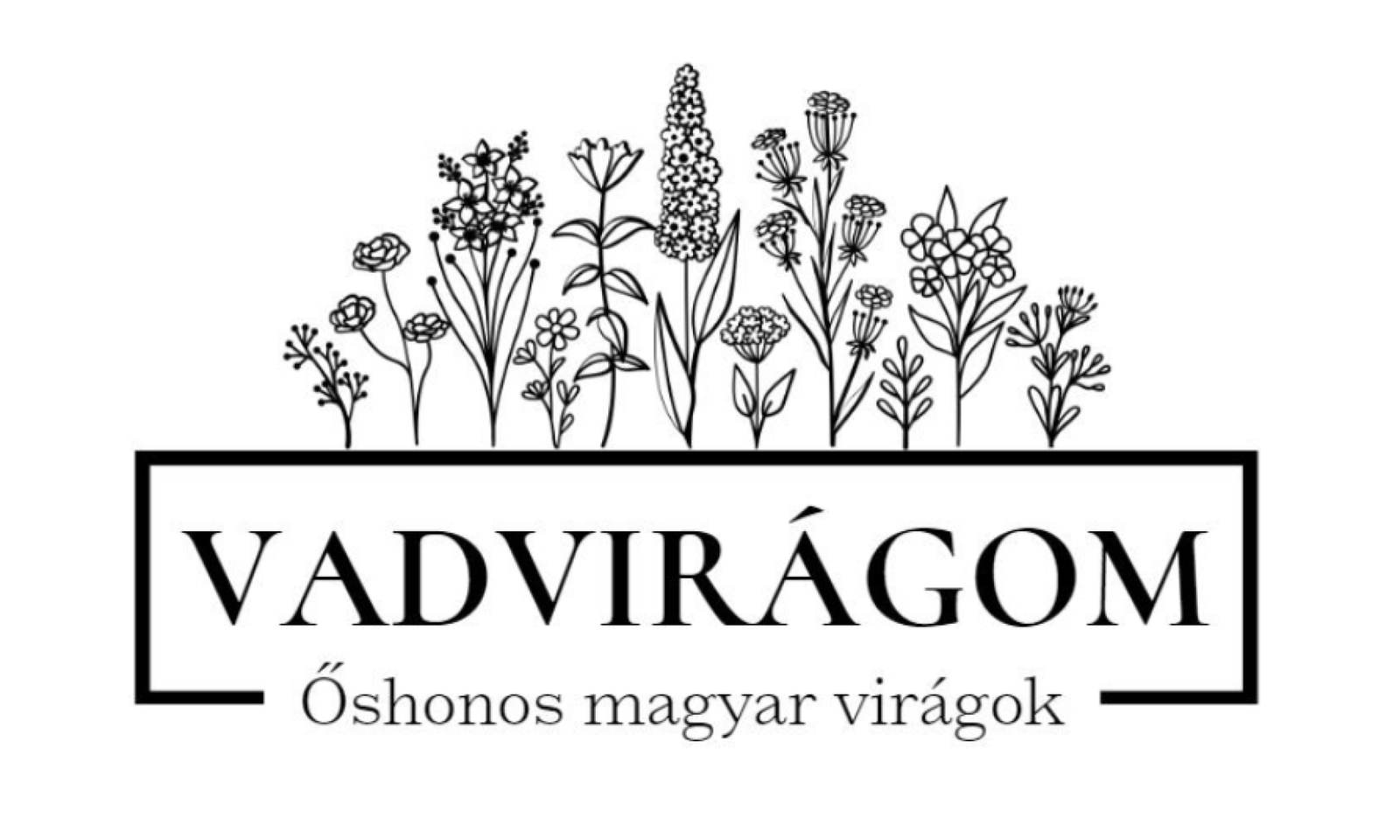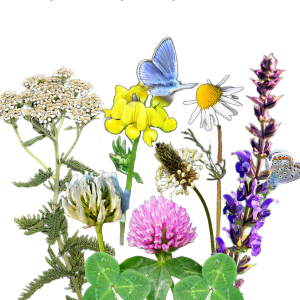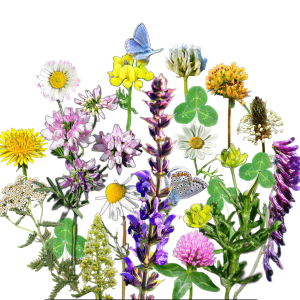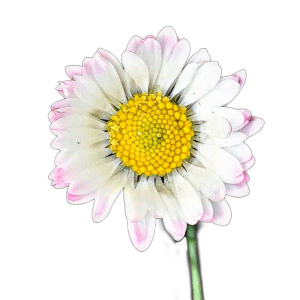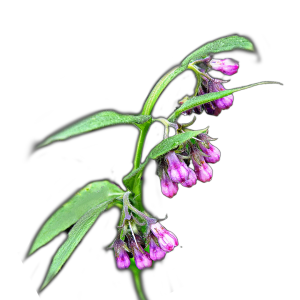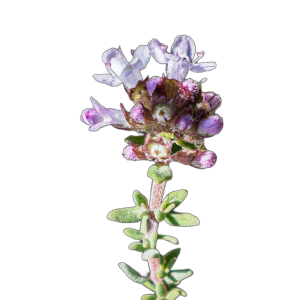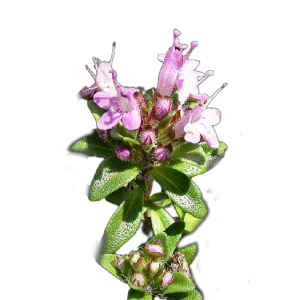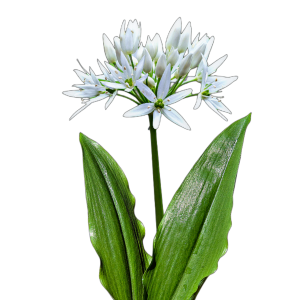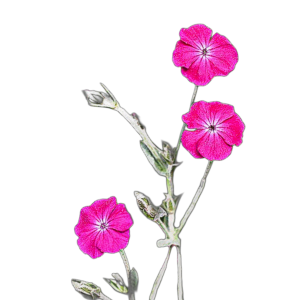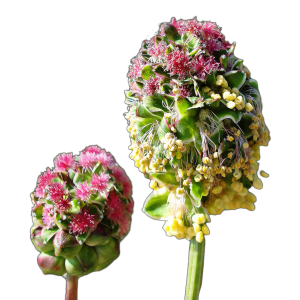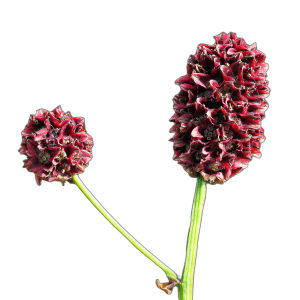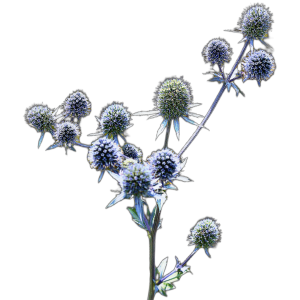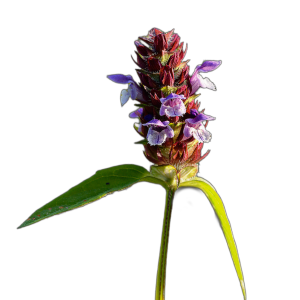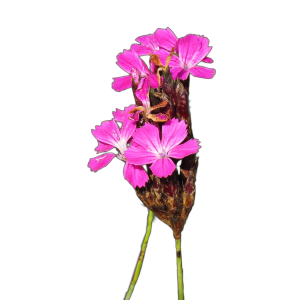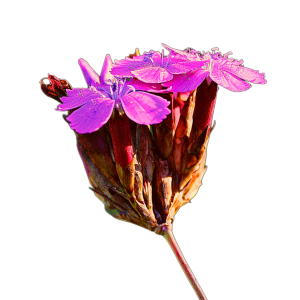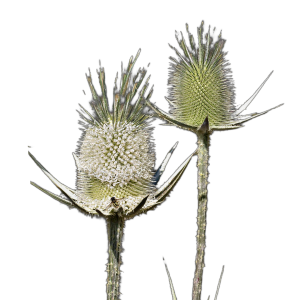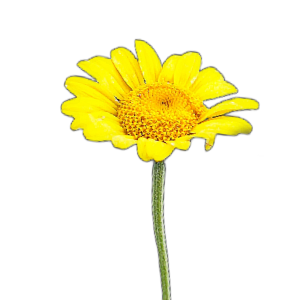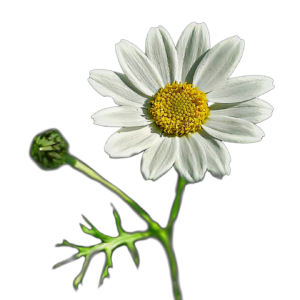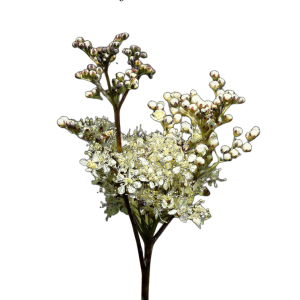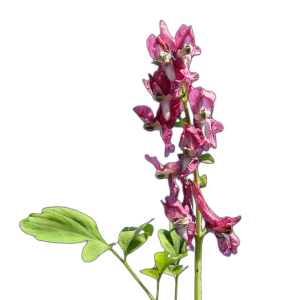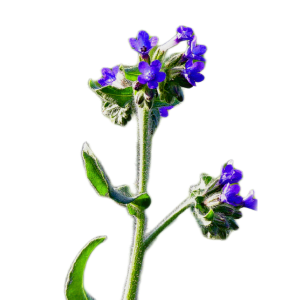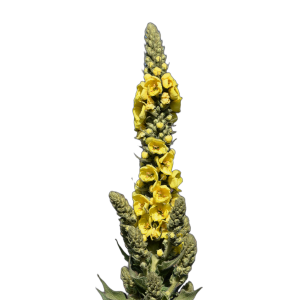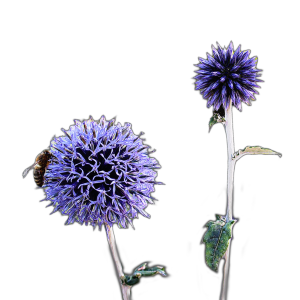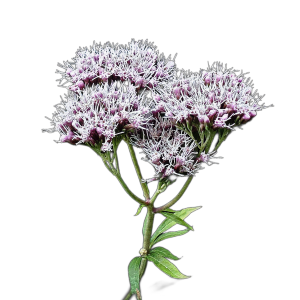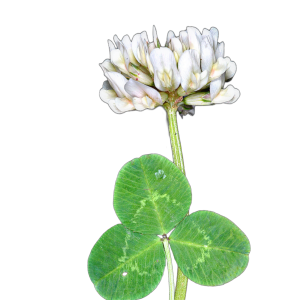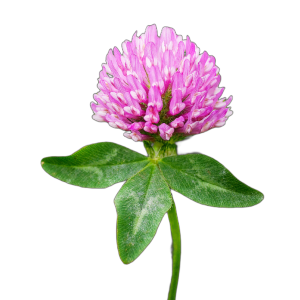-
-
Select options
There are several variations of this product. The variants can be selected on the product page
- Add to wishlistAdd to wishlist
- can be sown in grass, seed mix, beekeeping, native grassland, native
FRUITFUL FURRY seed mix
- 2.500 Ft - 7.500 Ft
- Want a beautiful, colourful and thriving lawn? With a mixture of 7 native wildflowers, the Flowering Native Lawn is guaranteed to be a hit with pollinators: the catkin, sage and hornwort are very popular with butterflies, while the white testicle provides food for short-tongued pollinators such as the house bee and the red testicle for long-tongued bees, including bumblebees. Like all butterfly...
Add to wishlistAdd to wishlist -
Select options
There are several variations of this product. The variants can be selected on the product page
-
-
Select options
There are several variations of this product. The variants can be selected on the product page
- Add to wishlistAdd to wishlist
- can be sown in grass, seed mix, beekeeping, native grassland, native
FERTILIZED FERTILIZED EXTRA seed mix
- 3.500 Ft - 10.000 Ft
- Want a beautiful, colourful and thriving lawn? After the highly successful Flowering Ancestral Grass with 7 native wildflower species, its bigger brother, the Flowering Ancestral Grass Extra Seed Mix with 15 species of native Hungarian seeds, is now available. This is a guaranteed success with pollinators: catkin, sage, spotted knapweed, rabbit's foot, hairy vetch and hornwort are very popular with butterflies,...
Add to wishlistAdd to wishlist -
Select options
There are several variations of this product. The variants can be selected on the product page
-
-
Add to basket
- Add to wishlistAdd to wishlist
- perennial, herb, bee-keeper, native
Daisy (Bellis perennis) 0,25g, ~1800 seeds
- 875 Ft
- I think no one needs to be introduced to my favourite creator of flower lawns. The wild form of the daisy (Bellis perennis) is our native wildflower, which does very well in grass and lawns. It is best sown with grass or in seed mixtures when mowing, but do not sow it amongst your existing grass: it is best sown as seedlings, which will germinate very well over time when planted amongst the grass. Its attractiveness as a pollinator is incredible...
Add to wishlistAdd to wishlist -
Add to basket
-
-
Add to basket
- Add to wishlistAdd to wishlist
- perennial, herb, bee-keeper, native
Black Coneflower (Symphytum officinale) 0,5g, ~50 seeds
- 875 Ft
- The black needlewort (Symphytum officinale) is a very well-known native herb, mostly used externally as an ointment for broken bones, sprains, bruises, sprains and similar conditions. The root and leaves are collected and used to make ointments, tinctures and poultices. Its use internally is not recommended because of its alcohol content of pyrrolizidine, which is harmful to the liver. Like other borage species, such as medical atracil, teriy...
Add to wishlistAdd to wishlist -
Add to basket
-
-
Add to basket
- Add to wishlistAdd to wishlist
- biennial, butterfly favourite, bee-feeder, native
Common tongue-grass (Cynoglossum officinale) 0,5g, ~20 seeds
- 875 Ft
- The common tadpole (Cynoglossum officinale) is a member of the borage family and, like all its relatives, is a great bee and butterfly attractant and our native wildflower. It is so called because of its slightly hairy appearance and drooping, dog-tongue-like leaves. Its flowers open pink and then turn purplish blue. It used to be used as a medicinal herb, but today's research suggests that it contains toxic compounds and is not recommended. Properties.
Add to wishlistAdd to wishlist -
Add to basket
-
-
Add to basket
- Add to wishlistAdd to wishlist
- perennial, herb, bee-keeper, native
Daisy (Leucanthemum vulgare) 1g, ~3000 seeds
- 875 Ft
- Most of us know the meadow daisy (Leucanthemum vulgare) or wild daisy from the like-it-or-not game of petal-peeling. The wild variety is perennial and winter-hardy, if left undisturbed it will also sow its seeds beautifully and can form larger colonies. Its long bloom makes it a valuable flower for pollinators but it is also beautiful. Properties.
Add to wishlistAdd to wishlist -
Add to basket
-
-
Add to basket
- Add to wishlistAdd to wishlist
- perennial, bee-keeper, native
Wormwood (Tanacetum vulgare) 0,5g, ~5000 seeds
- 875 Ft
- When planting worm castor (Tanacetum vulgare), you don't need to worry about it chasing away our beneficial worms, as it gets its name from its intestinal worming action, not from this. In ancient Egypt they were also used for embalming and then covered with cloth made from flax. When rubbed, it has a spicy, camphorous scent. Because of this property, it is also used in bedding to repel ants, and when dried it can be used to repel moths. Foreign literature...
Add to wishlistAdd to wishlist -
Add to basket
-
-
Add to basket
- Add to wishlistAdd to wishlist
- also for window box, edible flower, perennial, herb, herbaceous plant, beekeeper, native, tea
Garden Thyme (Thymus vulgaris) 1g, ~4700 seeds
- 875 Ft
- Garden thyme (Thymus vulgaris) is an herb of Mediterranean origin, related to the narrow-leaved thyme that is also native to our country. Its long flowering period (June to September) also makes it a very good pollinator and it is visibly adored and frequented by bees and butterflies. As a herb, garden thyme is the most commonly used, mostly used to flavour meats, but it also goes very well with game. It is also used as a medicinal herb, expectorant, antispasmodic...
Add to wishlistAdd to wishlist -
Add to basket
-
- Out of StockRead more
- Add to wishlistAdd to wishlist
- also for window box, edible flower, perennial, herb, herbaceous plant, beekeeper, native, tea
Thymus serpyllum 0,25g, ~1950 seeds
- 875 Ft
- Narrow-leaved thyme or field thyme (Thymus serpyllum) is a native Hungarian herb that can be found in many places in nature. Its long flowering period (from May to September) makes it a very good pollinator and it is visibly adored and frequently visited by bees and butterflies. It is also increasingly being used abroad as a flowering, care-free weed. Its short stature, beautiful flowers and drought tolerance make it a really good substitute for lawns....
Add to wishlistAdd to wishlist -
-
-
Add to basket
- Add to wishlistAdd to wishlist
- also for window box, edible flower, perennial, herb, medicinal plant, bee-keeper, native
Allium ursinum 1g, ~130 seeds
- 875 Ft
- Allium ursinum (Allium ursinum) is one of our best-known native herbs and is justifiably popular. Like snake garlic, it is also known as wild garlic. A gift from the shady forests of spring, its mildly garlicky leaves are delicious crushed with walnuts and oil as a pesto or mixed into scones. When foraging in the woods, care should be taken not to confuse it with the poisonous lily of the valley, which has similar leaves to the...
Add to wishlistAdd to wishlist -
Add to basket
-
-
Add to basket
- Add to wishlistAdd to wishlist
- perennial, herb, bee-keeper, native
St. John's wort (Hypericum perforatum) 1g, ~10500 seeds
- 875 Ft
- St. John's wort (Hypericum perforatum) is a native Hungarian wildflower. Perhaps the most curious information about St. John's wort is that it was used in the Middle Ages as an exorcism for its antidepressant, sedative and mood-enhancing properties. Its use as an exorcism is no longer recommended, but it is used both externally and internally as a medicinal herb. Pollinators (especially bumblebees), however, are delighted by its orange pollen. Properties: other names: dandelion, common dandelion, dandelion with holes in the leaves,...
Add to wishlistAdd to wishlist -
Add to basket
-
-
Add to basket
- Add to wishlistAdd to wishlist
- perennial, butterfly, bee-feeder, native
Velvet thyme (Lychnis coronaria) 0,1g, ~190 seeds
- 875 Ft
- The velvet cuckoo-grass (Lychnis coronaria) is a native Hungarian wildflower that is protected. Fortunately, this native flower is now widely planted in the garden, with its beautiful dark pink flowers and silvery leaves. Its wintergreen (or wintersilver? :) ) leaves do not retract in winter. It is a short-lived perennial, but it sows its seeds well and spreads well. An excellent choice for rock gardens and mixed flower beds. It is easy to...
Add to wishlistAdd to wishlist -
Add to basket
-
- Out of StockRead more
- Add to wishlistAdd to wishlist
- edible flower, perennial, butterfly, bee-feeder, native
Ryegrass (Lychnis flos-cuculi) 0,25g, ~1500 seeds
- 875 Ft
- The meadow cuckoo flower (Lychnis flos-cuculi) is a very graceful and unique-looking, beautiful wild flower. Its nectar makes it very popular with pollinators, especially butterflies. Its beautiful flowers are edible and can be a beautiful decoration on the plate. Latin name: Lychnis flos-cuculi Family: Caryophyllaceae Life cycle: perennial Flowering time: May - July Size: 30-50 cm Soil: average, moist Growing area: sunny, shady Seeds origin:...
Add to wishlistAdd to wishlist -
-
-
Add to basket
- Add to wishlistAdd to wishlist
- 10/10 pollinator factor, perennial, butterfly favourite, beekeeper, nitrogen bomb, native grassland, native
Hornwort (Lotus corniculatus) 10g, ~8300 seeds
- 875 Ft
- seeds origin: Austria 1 package contains 10 g, about 8300 seeds. For sowing suggestions and more details, scroll down.
Add to wishlistAdd to wishlist -
Add to basket
-
-
Add to basket
- Add to wishlistAdd to wishlist
- perennial, herb, bee-keeper, native
Medicinal cat's-root (Valeriana officinalis) 0,5g, ~800 seeds
- 875 Ft
- Medicinal cat's-root (Valeriana officinalis) is one of our oldest herbs, and is still cultivated today for its active ingredients. It is much loved by pollinators for both its pollen and nectar. It is a very ornamental, beautiful flower whose fragrance has been compared to marshmallows. In the Middle Ages it was used to make perfumes. Properties: other names: cat's-tail, valerian, valerian, valerian, valerian root, nardus Latin name: Valeriana officinalis family: Caprifoliaceae/Valerianaceae life-span: perennial...
Add to wishlistAdd to wishlist -
Add to basket
-
-
Add to basket
- Add to wishlistAdd to wishlist
- edible, perennial, herb, herbaceous, butterfly, bee-feeder, native
Sanguisorba minor 1g, ~125 seeds
- 875 Ft
- Sanguisorba minor (Sanguisorba minor), or little bloodroot, is a perennial, native wildflower. According to legend, it got its name from the fact that the Hun prince Csaba used it to heal the wounds of his soldiers after a battle because of its haemostatic properties. It is also an edible herb: its leaves have a nutty, cucumber taste and are excellent in salads. Like its relative, the autumn bloodroot, it is a food plant for many of our butterflies, for this reason alone...
Add to wishlistAdd to wishlist -
Add to basket
-
-
Add to basket
- Add to wishlistAdd to wishlist
- edible, perennial, herb, herbaceous, butterfly, bee-feeder, native
Autumn bloodroot (Sanguisorba officinalis) 0,1g, ~50 seeds
- 875 Ft
- Autumn bloodroot (Sanguisorba officinalis) or medical bloodroot is a perennial, native wildflower. It has been used as a medicinal herb since ancient times, mainly for its haemostatic properties. Its aqueous or alcoholic extract with gillyweed has proven antimicrobial properties. Its ecological importance is mainly associated with the protected Natura 2000 species bloodroot, for which it is the sole and exclusive food plant. The bloodroot buttercup leaves its eggs after laying them on the flowers of the autumn bloodroot. The caterpillars...
Add to wishlistAdd to wishlist -
Add to basket
-
-
Add to basket
- Add to wishlistAdd to wishlist
- perennial, beekeeping, native grassland, native
Blue Iringos (Eryngium planum) 0,1g, ~75 seeds
- 875 Ft
- The blue iris (Eryngium planum) is a native Hungarian wildflower, but its whitish-green relative, the field iris (Eryngium campestre), is more common in nature. The blue iris is a real drought-tolerant ninja: plant it in hot sun if possible and don't bother with it too much :) It is so true that it likes it so much that the poorer the soil, the more beautiful the blue colour. It particularly likes sandy soil. He can't stand...
Add to wishlistAdd to wishlist -
Add to basket
-
-
Add to basket
- Add to wishlistAdd to wishlist
- perennial, herb, beekeeper, native grassland, native
Common lizard grass (Prunella vulgaris) 0,1g, ~125 seeds
- 875 Ft
- Prunella vulgaris is a native Hungarian wildflower, which is most often found in grassland communities. It flowers from May until the end of summer, and once established it spreads with its tendrils. It prefers sunny or semi-shady places and a more humid environment. It has long been cultivated for its astringent and wound-healing properties, but its leaves can also be made into tea. It has also been used in the past to treat laryngitis, hence the name. A...
Add to wishlistAdd to wishlist -
Add to basket
-
-
Add to basket
- Add to wishlistAdd to wishlist
- perennial, butterfly, bee-feeder, native
Bareroot (Dianthus carthusianorum) 0,1g, ~80 seeds
- 875 Ft
- Barnyard grass (Dianthus carthusianorum) is a beautiful native wildflower that has a great place in our gardens. Butterflies, like other carnations such as meadow cuckoo-grass, are particularly keen for its nectar. It gets its Latin name from the Carthusian monks who were fond of planting it in the gardens of their monasteries. This is probably the origin of the Hungarian name for barnyardgrass. The Hungarian carnation (Dianthus pontederae) and the field carnation are very similar species...
Add to wishlistAdd to wishlist -
Add to basket
-
-
Add to basket
- Add to wishlistAdd to wishlist
- perennial, butterfly, bee-feeder, native
Hungarian Carnation (Dianthus pontederae) 0,1g, ~200 seeds
- 875 Ft
- The Hungarian carnation (Dianthus pontederae) is a true Carpathian Basin endemic, native species, as its name suggests. It is found only here in the world, but interestingly it is very little known, even though it is a beautiful ornamental plant. Its flowers are a little similar to those of barnyard grass. Butterflies, like other carnations such as meadow cuckoo-grass, are particularly keen for its nectar. The Hungarian carnation prefers dry places, is relatively undemanding, and...
Add to wishlistAdd to wishlist -
Add to basket
-
-
Add to basket
- Add to wishlistAdd to wishlist
- also for window box, annual, herb, medicinal, bee-keeper, native
Field ladysweet (Nigella arvensis) 1g, ~340 seeds
- 875 Ft
- The field ladybird (Nigella arvensis), also known as candelilla, is a native Hungarian wildflower, closely related to the garden ladybird (Nigella sativa), which is used as a herb and medicinal plant, the common skunk catkin (Nigella damascena), which is also often planted in gardens, and the Spanish ladybird (Nigella hispanica), which is not yet well known in Hungary but is often planted elsewhere. In Hungary, it has often been used as a substitute for the garden marigold, also known as black caraway, as a spice and medicinal plant....
Add to wishlistAdd to wishlist -
Add to basket
-
-
Add to basket
- Add to wishlistAdd to wishlist
- annual, herbaceous, biennial, butterfly, bee-feeder, native
Christmas tree (Dipsacus laciniatus) 1g, ~330 seeds
- 875 Ft
- The Christmas tree (Dipsacus laciniatus) is a large, native Hungarian wildflower, whose blossom-like flowers are most commonly known as dry flowers. The leaves are coalesced around the stem to form a collar/well in which water collects, making it a favourite watering hole for birds (hence the name). Pollinators are also keen consumers of its nectar, and it is particularly attractive to bumblebees. From Christmas in the woods to Christmas in the woods, the colour of the flower...
Add to wishlistAdd to wishlist -
Add to basket
-
-
Add to basket
- Add to wishlistAdd to wishlist
- annual, herbaceous, biennial, butterfly, bee-feeder, native
Christmas tree (Dipsacus sylvestris/fullonum) 0,5g, ~325 seeds
- 875 Ft
- Dipsacus fullonum (Dipsacus fullonum) is a large, native Hungarian wildflower, whose spike-like flowers are most commonly known as dry flowers. Pollinators are also keen consumers of its nectar, and it is particularly attractive to bumblebees. It can be distinguished from the hawk's-foot Christmas by the colour of its flowers when in bloom: the hawk's-foot Christmas is white, while the woodland Christmas has purple flowers. One of the subspecies is also called weaver's Christmas, because it was used in the old days to make weavers' linen,...
Add to wishlistAdd to wishlist -
Add to basket
-
-
Add to basket
- Add to wishlistAdd to wishlist
- perennial, biennial, bee-keeper, native
Painted chickweed (Anthemis tinctoria) 1g, ~2250 seeds
- 875 Ft
- The Painted Peppermint (Anthemis tinctoria) is a common wildflower, a biennial or short-lived perennial. In the old days its flowers were used to make yellow dye mixed with alum, hence the name. It would also make a lovely addition to rock gardens: it is particularly well suited because of its short stature and drought tolerance. Its leaves resemble those of chamomile, as does its close relative, the parlagi mint (the latter is easily confused with chamomile).
Add to wishlistAdd to wishlist -
Add to basket
-
-
Add to basket
- Add to wishlistAdd to wishlist
- perennial, bee-keeper, native
Parlagi pipitér (Anthemis arvensis) 1g, ~2500 seeds
- 875 Ft
- Parlagi pipitér (Anthemis arvensis) is a native Hungarian wildflower. Like its relative, the Painted Poppy, it would also be well suited to rock gardens: it is particularly well suited because of its short stature and drought tolerance. Its flowers and foliage are very similar to those of chamomile, and it is easy to confuse them. The easiest thing to do when hunting for chamomile is to smell it, because while chamomile is betrayed by its characteristic scent, parlagi mint is not....
Add to wishlistAdd to wishlist -
Add to basket
-
-
Add to basket
- Add to wishlistAdd to wishlist
- annual, beekeeping, native
Field Magpie (Consolida regalis) 1g, ~1000 seeds
- 875 Ft
- The field spurge (Consolida regalis) is one of our best-known wild flowers, along with the poppy and cornflower, which used to colour wheat fields purple. Unfortunately, thanks to herbicides, we see it less and less in the wild, although it is also very popular with pollinators such as bees and duck-tailed sedge. It flowers almost all summer, very useful for pollinators. In the Middle Ages, the magpie's foot was planted as a protection against witches...
Add to wishlistAdd to wishlist -
Add to basket
-
-
Add to basket
- Add to wishlistAdd to wishlist
- annual, beekeeping, native
Garden larkspur (Consolida ajacis "Carmine King") 0,5g, ~200 seeds
- 875 Ft
- Garden larkspur (Consolida ajacis) is a native European wildflower, the cultivated form of which is the 'Carmine King' variety. One of the easiest plants to grow, it is a successful annual variety for both autumn and spring sowing, and is easy to grow. This variety has a beautiful dark pink colour and although it has double flowers, pollinators will fit in. It flowers for a very long time, almost all summer, and earlier, even in May, if sown in autumn...
Add to wishlistAdd to wishlist -
Add to basket
-
-
Add to basket
- Add to wishlistAdd to wishlist
- perennial, butterfly, bee-feeder, native
Spotted fanwort (Filipendula vulgaris) 1g, ~750 seeds
- 875 Ft
- Colonial fanwort (Filipendula vulgaris) is another of our beautiful native wildflowers that is so inexplicable why more people don't plant it in their gardens. It's also known as fairy grass, and when you look at it, you don't need to explain why. In the wild, its fragrant flowers appear from May onwards and pollinators can't resist them. Compared to its relative, meadow fanwort, it can live in drier places and is much shorter. Properties: Latin name: Filipendula...
Add to wishlistAdd to wishlist -
Add to basket
-
-
Add to basket
- Add to wishlistAdd to wishlist
- perennial, herb, butterfly, bee-feeder, native
Knapweed (Filipendula ulmaria) 1g, ~1800 seeds
- 875 Ft
- Meadow fanwort (Filipendula ulmaria) is a taller, wetter relative of the colonial fanwort, which is also native to our area. The Germanic and Celtic peoples used its flowers (and roots) to flavour their mead, and like elderberries, it can also be used to make syrups. It contains analgesic substances (e.g. salicylic acid) and was the source of the first aspirin. Its sweet, almond-like scent wafts through the meadows when it blooms. Properties: other names:...
Add to wishlistAdd to wishlist -
Add to basket
-
-
Add to basket
- Add to wishlistAdd to wishlist
- perennial, may be sown in grass, herb, beekeeper, nitrogen bomb, native grassland, native
Rabbit's foot (Anthyllis vulneraria) 2g, ~660 seeds
- 875 Ft
- Rabbit's foot (Anthyllis vulneraria) is a well-known herb that has been used to treat wounds externally for its astringent properties. It is also a butterfly plant, so it fixes nitrogen from the air. It can also work when sown in grass: it can be a super component of pollinator-friendly lawns. Properties: other names: wonder clover, clover, cat's claw, rabbit's clover, wound clover, sapuka Latin name: Anthyllis vulneraria family: Fabaceae life: perennial flowering time: may-july size: 15-20 cm soil: average, dry...
Add to wishlistAdd to wishlist -
Add to basket
-
-
Add to basket
- Add to wishlistAdd to wishlist
- perennial, herb, butterfly, bee-feeder, native
Corydalis cava/bulbosa 0,5g, ~80 seeds
- 875 Ft
- The Corydalis cava is a small Hungarian wildflower native to Hungary, which can cover the forest undergrowth in early spring when it blooms. It is a very important wildflower for pollinators: both because of its early flowering, when not many nectar sources are available, and because one of our butterfly species, the Apollo butterfly, is exclusively fed on Celtic butterflies (besides the pseudocathedral Celtic butterfly, we also find its cousin, the fingered Celtic butterfly). It likes...
Add to wishlistAdd to wishlist -
Add to basket
-
-
Add to basket
- Add to wishlistAdd to wishlist
- 10/10 pollinator, herb, biennial, bee-feeder, native
Medicinal Strawberry (Melilotus officinalis) 1g, ~500 seeds
- 875 Ft
- Medicinal milkweed (Melilotus officinalis) is our buttercup plant that fixes nitrogen from the air. As well as being used as a medicinal plant, it is a great bee-feeder: it produces nectar and pollen, making it a favourite of honeybees, short-tongued and long-tongued bumblebees (especially thistle bumblebees). Its Latin name is a combination of the words meli = honey and lotus = here. Properties.
Add to wishlistAdd to wishlist -
Add to basket
-
-
Add to basket
- Add to wishlistAdd to wishlist
- biennial, bee-keeper, native
Medical atracil (Anchusa officinalis) 0,5g, ~120 seeds
- 875 Ft
- As a member of the borage family, medical atracula (Anchusa officinalis) is a truly pollinator-attractive native wild biennial. It is particularly popular with bumblebees and solitary bees for its nectar, which research has shown to have an extra high sugar content (over 60%). Properties: other names: buttercup, atlas grass, atracaela Latin name: Anchusa officinalis family: Boraginaceae life span: biennial flowering time: may-october size: 20-50 cm soil: average, moist growing conditions: sunny other: no...
Add to wishlistAdd to wishlist -
Add to basket
-
-
Add to basket
- Add to wishlistAdd to wishlist
- perennial, herb, biennial, bee-feeder, native
Verbascum densiflorum 0,5g, ~5000 seeds
- 875 Ft
- The bushy-flowered ox-tail (Verbascum densiflorum) is a native Hungarian wildflower. It has a very imposing appearance, its thick stems were thought to resemble the tail of an ox, hence its name. In the past, the stems were dipped in soot and used as torches. It is a well known herb and its flowers are most often used to make cough tea. It is also a relative of the mottled ox-tail and the purple ox-tail (the latter, unlike the other ox-tails, is purple rather than yellow).
Add to wishlistAdd to wishlist -
Add to basket
-
-
Add to basket
- Add to wishlistAdd to wishlist
- perennial, native
White donkey (Echinops sphaerocephalus) 0,5g, ~30 seeds
- 875 Ft
- The white donkey's bane (Echinops sphaerocephalus) is a native Hungarian wildflower. In Hungarian folklore, the white donkey's bread played a special role. In Transylvania, its flowers were tied into sacred bouquets and known as the St. Anthony botiko or butiko. It was used by the Moldavian Csángó to treat toothache and swelling of the face, and to incense children in case of fright, as they believed in its healing powers. Nowadays, it is better not to smoke children with it, but it can be used in dried bunches,...
Add to wishlistAdd to wishlist -
Add to basket
-
-
Add to basket
- Add to wishlistAdd to wishlist
- perennial, herb, biennial, bee-feeder, native
Echinops ritro "Veitch's Blue" 0,5g, ~35 seeds
- 875 Ft
- The blue gentian (Echinops ritro 'Veitch's Blue') is a hybridised form of our native Hungarian wildflower. Its wild form is protected and can only be sold commercially with existing permits. Its beautiful blue orbs attract a lot of pollinating insects, so don't be surprised by its prickly stems. This noble form is lower than the wild. Its cousin, the white hollyhock, can also be an impressive plant, reaching up to two metres in height,...
Add to wishlistAdd to wishlist -
Add to basket
-
- Out of StockRead more
- Add to wishlistAdd to wishlist
- perennial, butterfly, bee-feeder, native
Sweet hemp (Eupatorium cannabinum) 0,25g, ~1100 seeds
- 875 Ft
- The sedge hemp (Eupatorium cannabinum) is a native Hungarian wildflower that likes wetter places, so it is often found along waterways and ditch banks. Its whitish-pink spikes are irresistibly attractive to butterflies, perhaps attracting more butterflies than the summer lilac. It has been much used as a medicinal herb, but there are now warnings about its pyrrolizidine alkaloid content, which is similar to that of black coneflower and may be harmful to the liver. Its seeds are prone to spreading. Properties: other names:...
Add to wishlistAdd to wishlist -
-
-
Add to basket
- Add to wishlistAdd to wishlist
- edible, perennial, herb, beekeeper, nitrogen bomb, native, nativegrassland
White testis (Trifolium repens) 10g, ~15000 seeds
- 875 Ft
- Would you like to be crouched down and scanning the land for four-leaf clovers? Maybe not the best advertising slogan, but it's certainly one of the uses of white testicles :) If not for that reason, you might want to plant white testicle (Trifolium repens) for its nitrogen-fixing or nectar-producing properties. The nectar of white testis is mainly preferred by honey bees and short-tongued bees, while bumble bees and other long-tongued bees...
Add to wishlistAdd to wishlist -
Add to basket
-
-
Add to basket
- Add to wishlistAdd to wishlist
- edible, perennial, herb, beekeeper, nitrogen bomb, native, nativegrassland
Red here (Trifolium pratense) 10g, ~6500 seeds
- 875 Ft
- Red testicle (Trifolium pratense) is a coloured version of white testicle. The nectar in its flowers is deeper than in the white testicle, so it is mainly visited by long-tongued bees, such as bumblebees. But it often produces so much nectar that even shorter-tongued bees such as honeybees can reach it. All bee species collect pollen from it. It can be a great colourful addition to your lawn! It is also used as a medicinal plant. Properties: latin...
Add to wishlistAdd to wishlist -
Add to basket
